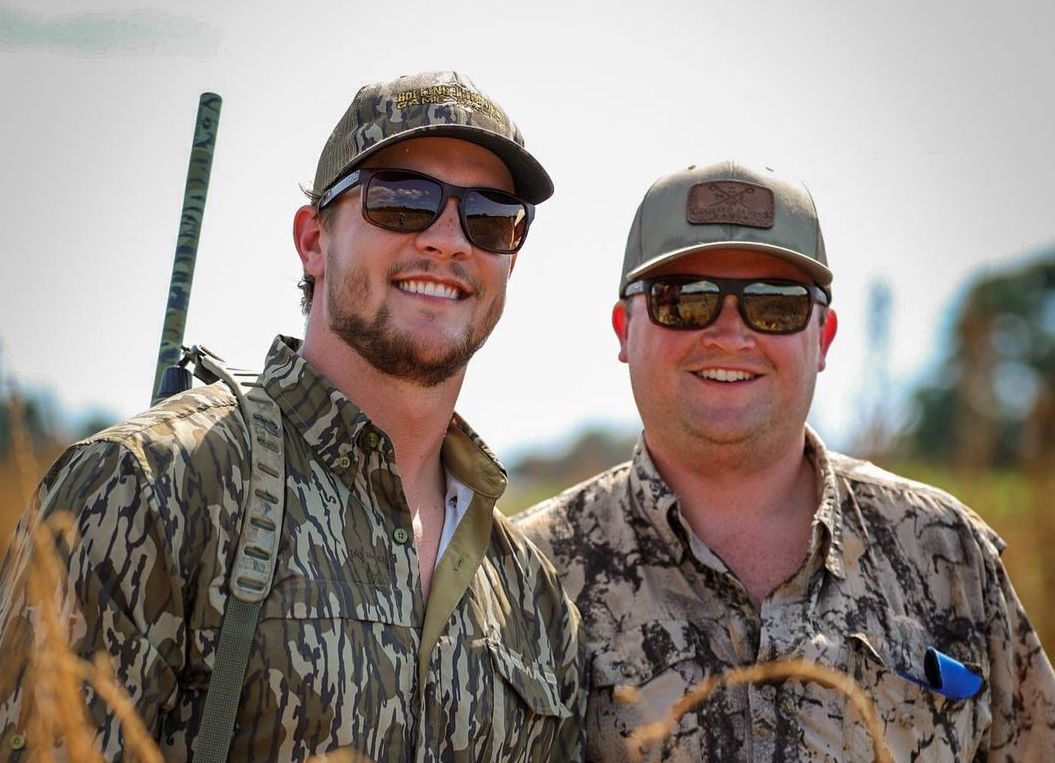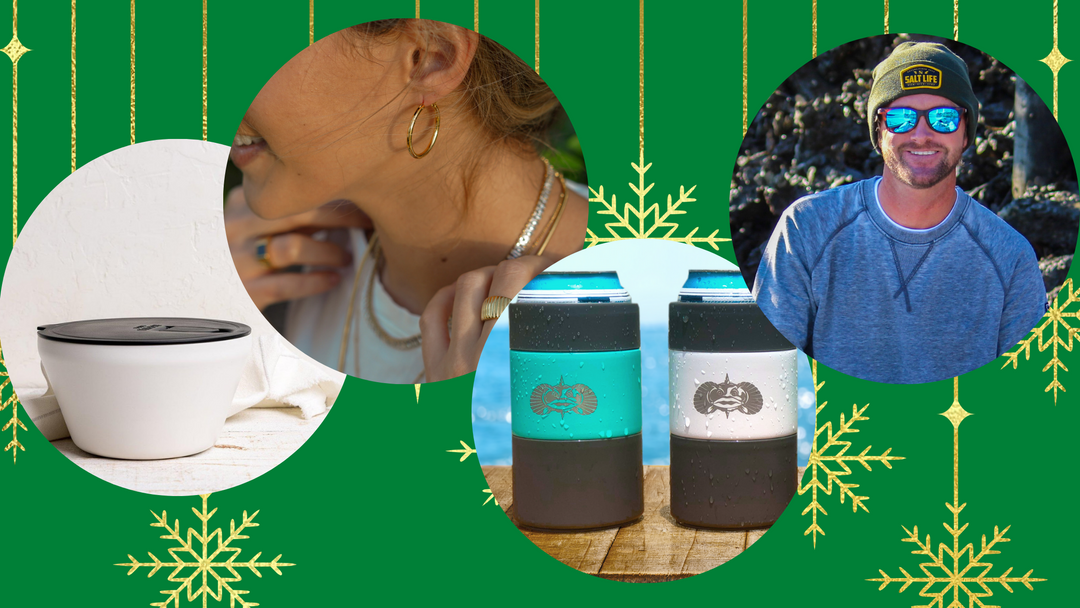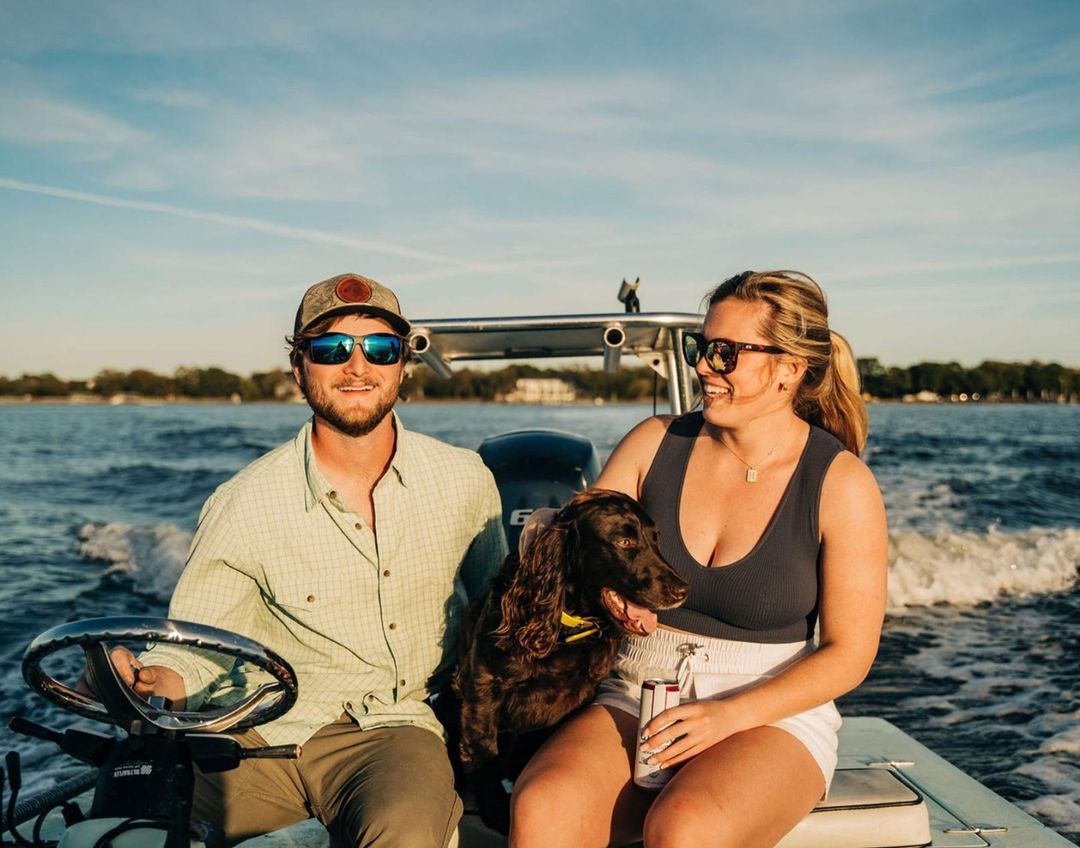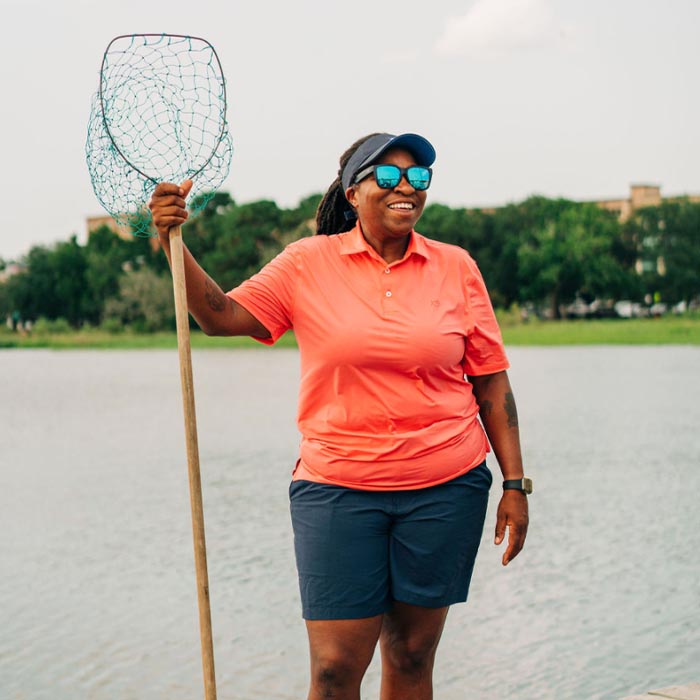Cold Water Bass Fishing Tips
Pro kayak fisherman Dylan McCaskill (@largemouthanarchy) gives his tips for cold water bass fishing. In this video overview, Dylan discusses water-temperature dependent bait options, like creature-style bait and slower moving bait, and where to fish in winter, like rock piles, rocky banks and man-made structures.
VIDEO TRANSCRIPT:
How's it going everybody? Dylan McCaskill here, Rheos Pro and KBF competitor. I want to go over a few things with you today. I want to go over a couple tips with you on how to fish colder water, especially as we're moving towards the spring, give a little insight on what I've used in the past few tournaments, and hopefully shed a little light on few questions.
So, I want to go over with you guys today a few tips on how to find bass and catch more bass in this colder water. So, first and foremost we're going to go into shaky head. So, I typically go an eighth of an ounce to a three-sixteenths of an ounce. I usually don't go any heavier than that. And I'm going to throw it on the Owner Twistlocks. The hooks are extremely sharp, it's a really good hookup ratio with the offset hook. And the bottom of the heads make it to where it doesn't tip side-to-side, it stands up straight.
Now, the baits I'm going to use on this are water-temperature dependent.
If the water's anywhere from 45 degrees or higher, I'm going to be throwing more of a bait that has a lot more movement. So a creature-style bait such as this. This is one of the Googan Baits Bandito bugs, and as you can see, the different appendages it has on it makes a lot of movement in the water, and the plastic on this bait is very, very soft so it moves very naturally through the water.
Another I'm going to use is going to be a Strike King Structure Bug. So this one as well has the appendages. It doesn't have quite as much movement as that one does, and it's a little bit smaller profile than the Bandito bug is.
Now, when the water gets colder, when it drops below 45, then I'm going to start looking at baits that move slower and more methodically through the water. So, one in particular that I really like to use is the Strike King Rodent. As you can see, it's got the big flappers on the front with the two appendages coming off the side. And you can see, it doesn't do much of a swimming motion, it's more out there just swinging around. And that's going to be a more natural presentation, as the water gets colder.
Now, if you can't get bit on that, just because of the large profile of the bait, then I'm going to move to something a little smaller. So this is the Strike King Menace. It's got way less movement. It's a smaller profile of a bait, it's just got the two appendages on the end, and again, they're going to do more of a flapping action. And it's really going to give it that natural appearance while the water's cold.
Now, there's two different ways that I'm going to throw this. I'm either going to throw it on a shaky head, or I'm going to throw it on a Texas rig. And I've been throwing a shaky head. The first thing I'm going to grab is my spinning rod. So, the way I have this rigged up, is I have a 3,000 size reel. I have a 7’2” medium power fast action rod. I have a 20 pound braid mane with a 10 pound or 8 pound fluorocarbon leader, and I'm usually going to throw up to an eighth of an once on this. Anything else an eighth of an ounce or smaller, I'm going to throw in spinning gear.
Now, if I'm moving up to a three-sixteenth or a quarter of an ounce, that's when I'm going to move into a casting rod. Gives you a little more control of the bait. This particular rod is a 7’2” medium power, fast action. And the reel that I have on here is a 7 1-to-1 gear ratio, so something faster to really pick up that line. Now, when you're talking Texas rigs, it's not something that you would particularly think about this time of the year when it's colder, if you're fishing open water or just rocky banks.
So the way I have this rigged up is, I'm throwing it with an 8 5-to-1 gear ratio, something really fast to pick up line. I'm throwing it with a 20 pound braid main line, with a 15 pound fluorocarbon leader. I'm using a quarter ounce steel weight, or tungsten weight, pegged with a rubber stopper. And I'm using anywhere from a 2 alt to a 3 alt round-bend hook. Now, this rod is a 7-and-a-half foot, medium-heavy, fast action rod. That works better for me, just to control the fish, and it really helps with the longer rod, getting those longer casts out.
Now, where you're going to use these applications.
The first thing that I do when I get to a body of water, especially when the water temperature is so cold, is I don't go for laydowns or something you would typically look for when the water's warmer. I'm going to go to rock piles, rocky banks, man-made structures. Anything that's really going to hold that heat that the fish can suspend off of. And that's where I'm going to start. And after that, if I can get bites there, then I'm going to start moving out, paying attention to my electronics. Looking for rock piles out deeper, going to more open water.
But that's all I have for you today. I hope this helps out, and I hope it helps you catch some fish in this cold weather. Good luck out there.
About The Pro
Rheos Pro Staff Dylan McCaskill is a member of Kayak Bass Fishing and fishes every KBF tournament he can enter. He spent five years enlisted active duty in the United States Marine Corps, and he is now an active duty soldier in the United States Army. Dylan’s passion for fishing only grows as he learns and progresses through tournaments and daily fishing.














